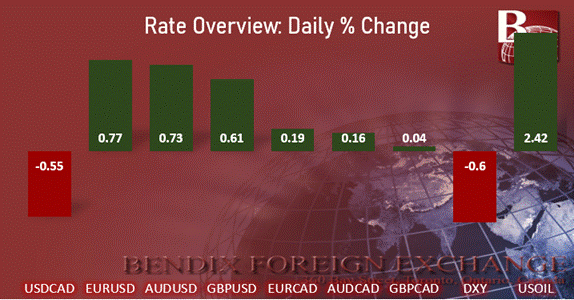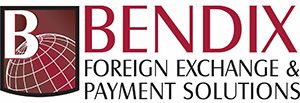- April 11, 2025
- Posted by: Melanie Scott
- Category: Market News
The U.S. dollar took another sharp hit today, sliding to a decade-low against the Swiss franc and a three-year low versus the euro. The drop comes amid intensifying trade tensions, particularly with China. After the U.S. confirmed a 145% tariff on Chinese goods yesterday, Beijing retaliated by raising its own tariffs on U.S. imports to 125%, up from 84%, while hinting that it will ignore further increases from Washington. The escalation has rattled markets, prompting investors to question the dollar’s status as a reliable reserve currency and pushing them toward traditional safe havens like the Swiss franc (up nearly 5% against USD since Wednesday) and Japanese yen (up 2.36% between the last two sessions). Gold also surged past the $3,200-per-ounce mark for the first time as demand for hard assets climbed.
U.S. consumer sentiment continued to deteriorate in April, weighed down by anxiety over the widening tariff war. The University of Michigan’s latest survey showed sentiment dropped to 50.8—its lowest reading since June 2022—falling short of both the 53.8 consensus estimate and March’s 57 print.
Oil prices rose over 2% today to trade above $60 a barrel, though they remain on track for a nearly 2% weekly decline. The tit-for-tat tariff moves have sparked widespread selling across equities, bonds, and commodities, with fears mounting that global growth could slow sharply. The U.S. Energy Information Administration now expects crude demand in 2025 to fall by nearly 500,000 barrels a day compared to earlier forecasts.
In Canada, the loonie continues to slide under pressure from declining oil prices, persistent tariff threats from the U.S., a dovish Bank of Canada, and mounting political uncertainty ahead of the federal election later this month. The ongoing U.S.-Canada trade friction has fueled public calls for increased investment in domestic energy infrastructure, including new oil and gas pipelines.
The euro, meanwhile, has held up relatively well despite sluggish growth in the Eurozone. The European Central Bank’s recent rate cut is aimed at reigniting economic momentum, and the currency has found support from broad U.S. dollar weakness.
Current market conditions:

Is your FX strategy optimized for success? Let’s talk—Bendix is here to help you navigate the ever-changing currency landscape.

